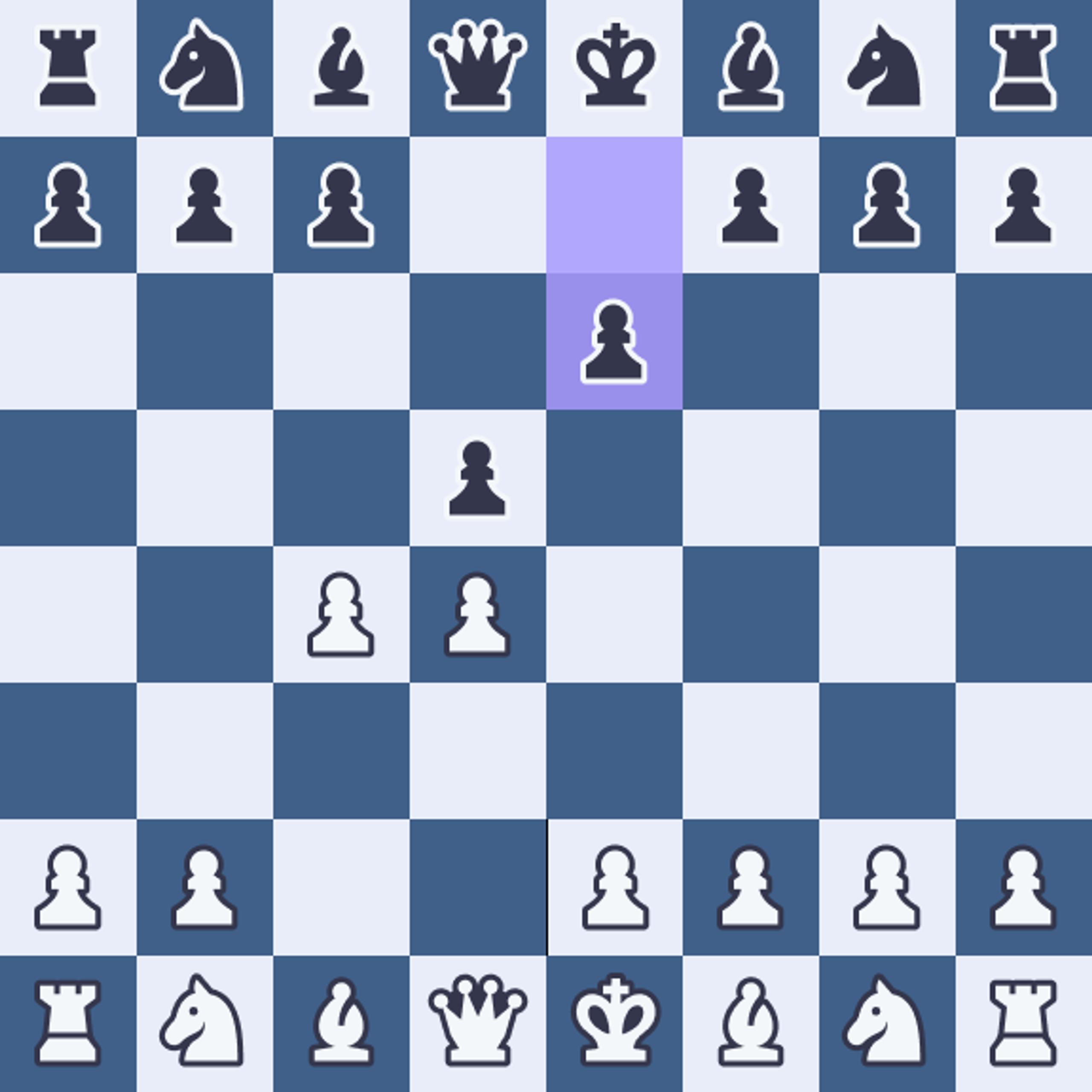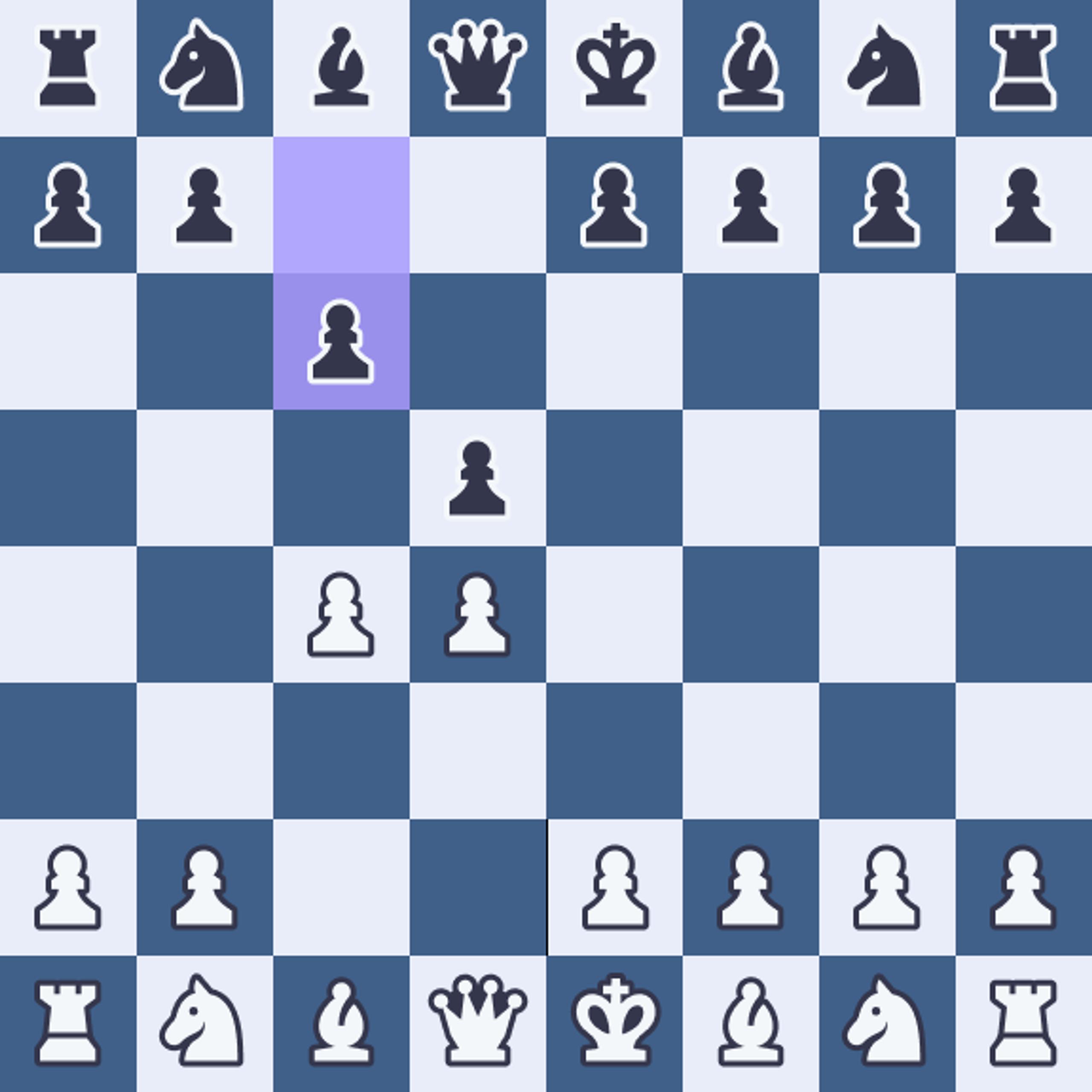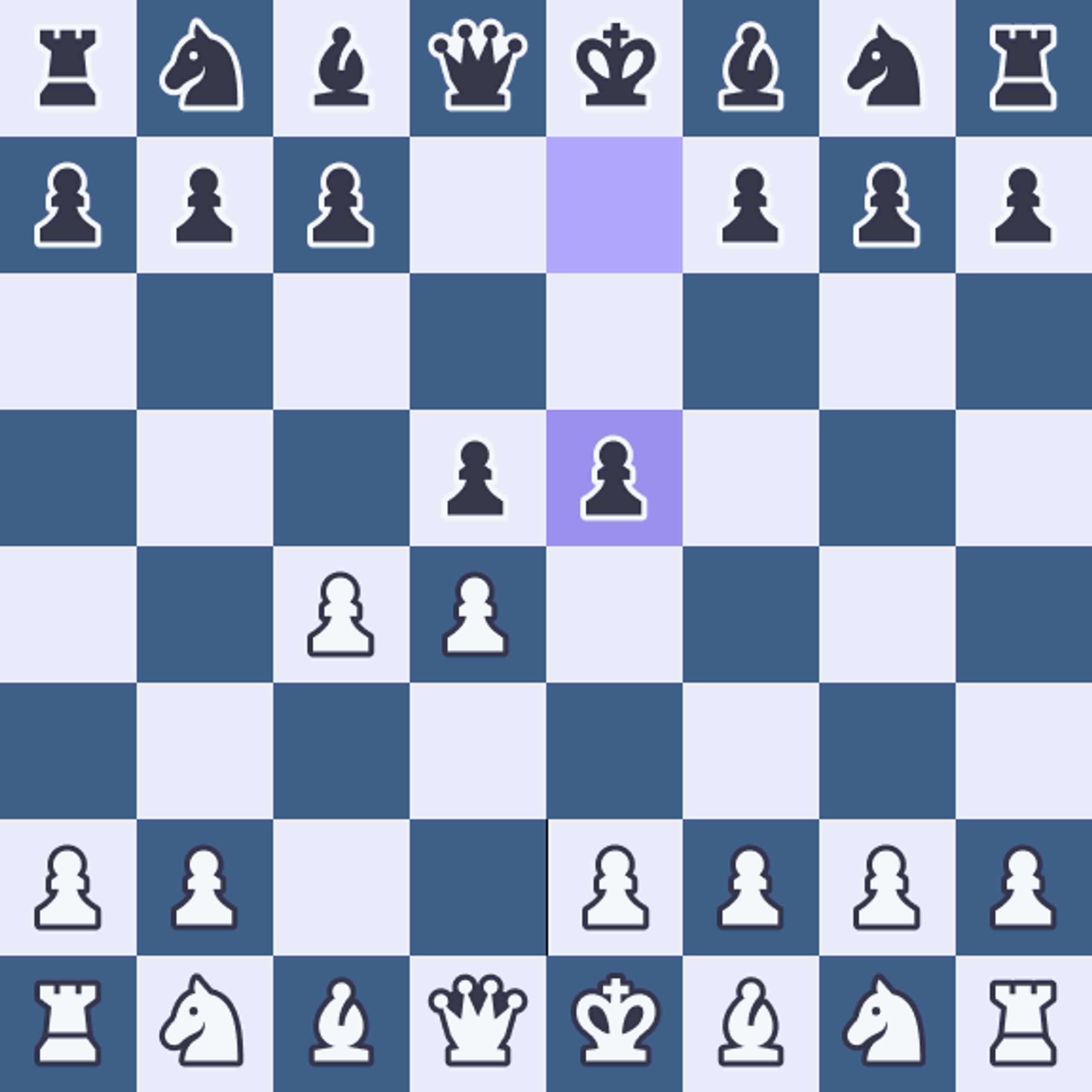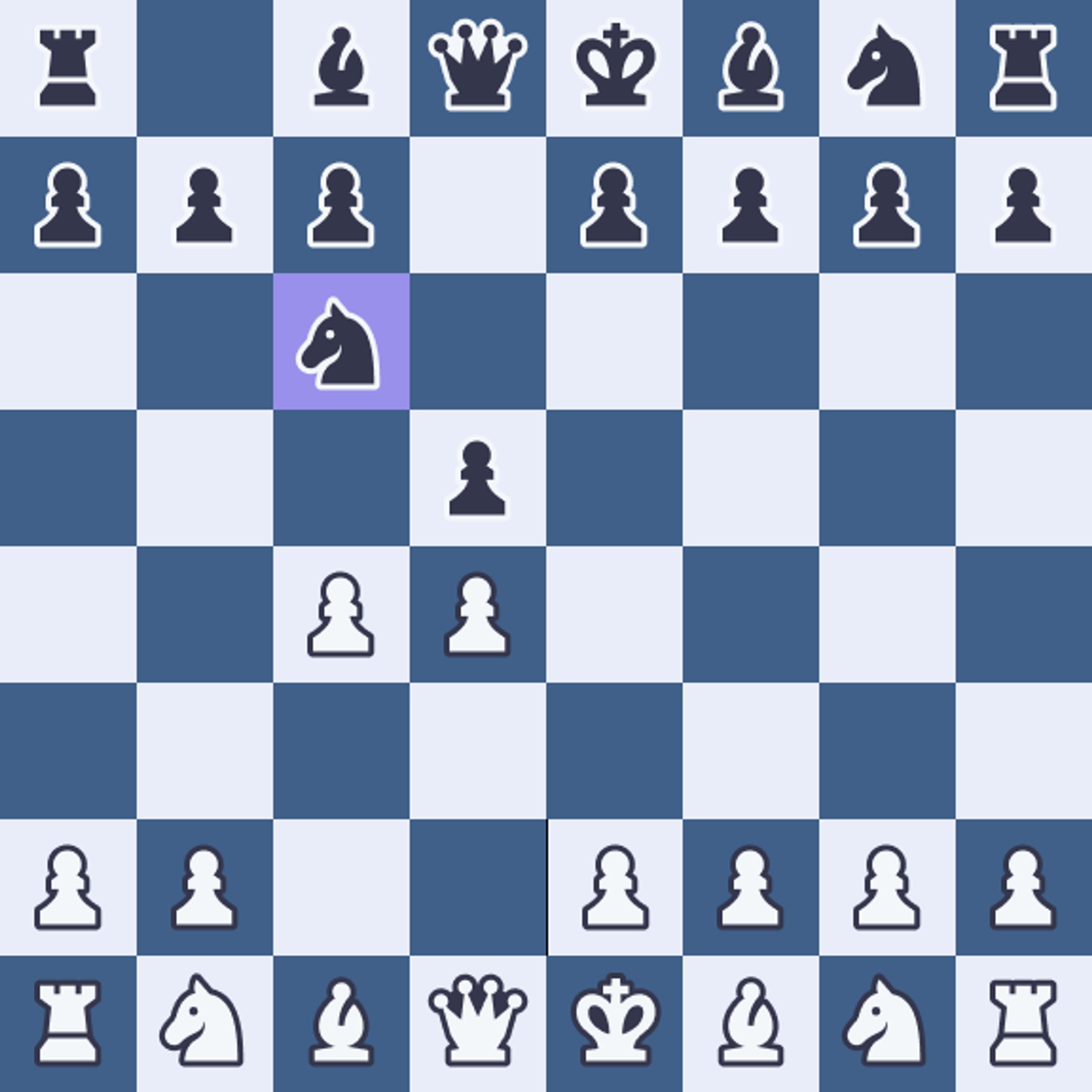Queen's Gambit – Master the Classical Opening for Strategic Control

Why Play the Queen's Gambit?
The Queen's Gambit is one of the oldest and most respected chess openings, dating back to the 15th century. It begins with: 1. d4 d5 2. c4. White offers a pawn to divert Black's central pawn, aiming to dominate the center and create long-term strategic advantages. Despite the term 'gambit,' the pawn is often recovered, making this a sound and popular choice among players of all levels, including world champions like José Raúl Capablanca, Anatoly Karpov, and Magnus Carlsen.
1.d4 d5 2.c4
The Queen's Gambit is a classical opening that emphasizes strategic control and long-term advantages.
This opening has been played by world champions like José Raúl Capablanca, Anatoly Karpov, and Magnus Carlsen, showcasing its enduring appeal at the highest levels.
Key Strategic Ideas in the Queen's Gambit
For Black
- ✓Solid Structure: Maintain a strong pawn center with moves like ...e6 or ...c6
- ✓Counterplay: Seek opportunities to challenge White's center and activate pieces
- ✓Flexibility: Choose between solid and dynamic plans based on White's setup
For White
- ✓Central Control: Establish dominance with moves like e3 and Nf3
- ✓Piece Activity: Develop pieces to natural squares, aiming for harmonious coordination
- ✓Pressure on d5: Target Black's central pawn to create weaknesses
How to Train the Queen's Gambit with ChessLine
Memorizing dozens of lines is NOT the goal. With ChessLine, you can:
- ✓ Build a personalized Queen's Gambit repertoire tailored to your playing style and level
- ✓ Practice key ideas and moves using our integrated Move Trainer
- ✓ Explore AI-recommended lines that align with your typical positions
- ✓ Understand the rationale behind each move with guided strategy explanations
- ✓ Adapt your lines over time as you grow stronger and face diverse opponents
Main Variations of the Queen's Gambit
The Queen's Gambit branches into several key variations, each with unique characteristics:

Queen's Gambit Declined (QGD): 2...e6 solidifies the center, leading to rich positional play. Common lines include the Orthodox Defense, Tarrasch Defense, and Cambridge Springs Defense.

Queen's Gambit Accepted (QGA): 2...dxc4 accepts the pawn, aiming for active piece play. White typically regains the pawn and seeks central dominance.

Slav Defense: 2...c6 supports the d5 pawn without blocking the light-squared bishop. Leads to solid and symmetrical positions with strategic depth.

Albin Countergambit: 2...e5 counterattacks immediately, leading to sharp and tactical battles.

Chigorin Defense: 2...Nc6 is an uncommon line focusing on piece activity over pawn structure.

Is the Queen's Gambit Right for You?
Prefer strategic and positional play with long-term planning
Enjoy classical openings with a rich historical background
Seek an opening that offers both solid and aggressive options
Want to develop your understanding of fundamental chess principles

Why This Opening Is a Top Choice
Enduring Excellence: Trusted by generations of grandmasters and world champions
Strategically Rich: Offers deep plans and positional themes
Flexible: Adaptable to various playing styles and preferences
Educational: Ideal for learning classical opening principles
Common Mistakes in the Queen's Gambit
Neglecting Development: Overemphasis on pawn moves can hinder piece activity
Premature Exchanges: Simplifying too early can relieve pressure and equalize the position
Ignoring Opponent's Threats: Failing to anticipate tactical shots can lead to material loss
Ready to Master the Queen's Gambit?
Train smarter with ChessLine:
Build your personalized Queen's Gambit repertoire
Practice key ideas with our AI-powered Move Trainer
Understand your openings—not just memorize them
